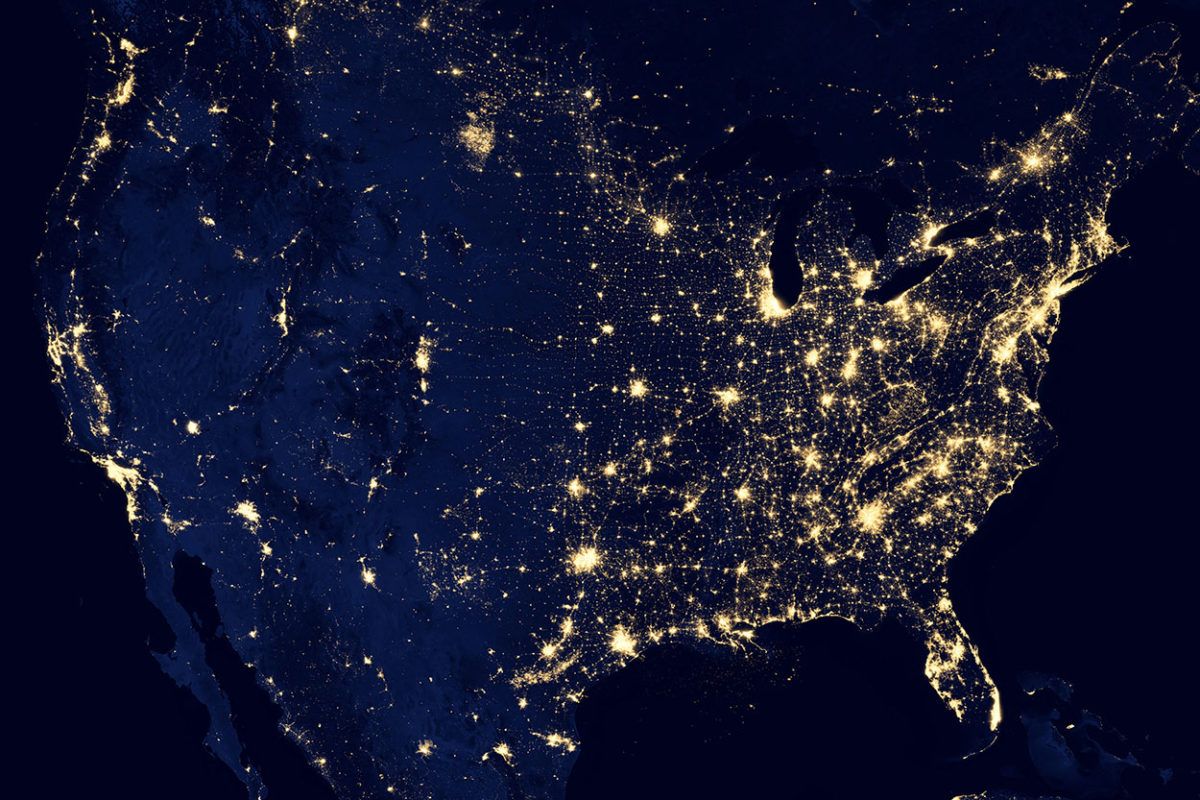Sensors must be installed in the car or at home, which will allow a large amount of data to be sent to a specialized central, where there will be:
1. Data collection: in the case of cars such as speed, location, among others and in the case of home, humidity, any gas leak, among others.
2.Transmission to an installed transmitter: the data collected goes through a wireless transmission to an installed device, which may be a cell phone or other transmitter connected to a network or satellite communication. With the above we can say that all the data collected can be reported and collected in real time.
3. Data lifting: The data collected by the sensors are converted into common quantities that can be read quickly, such as km / h, temperature, fuel levels or location on a satellite map.
4. Satellite communication: Either through a cellular or satellite network, the data is transmitted from the device to a centrally located remotely where your data is centralized in real time.
5. Immediate feedback: The central is able to receive and evaluate the data at any time, which allows sending orders immediately, either by contact with a human operator or by an automated order.
There is no doubt that this type of technology represents a great advance and opportunities worldwide for insurers. With its use, the insurance industry will be able to lower prices for its services and reach a greater range of clients by being more affordable.
